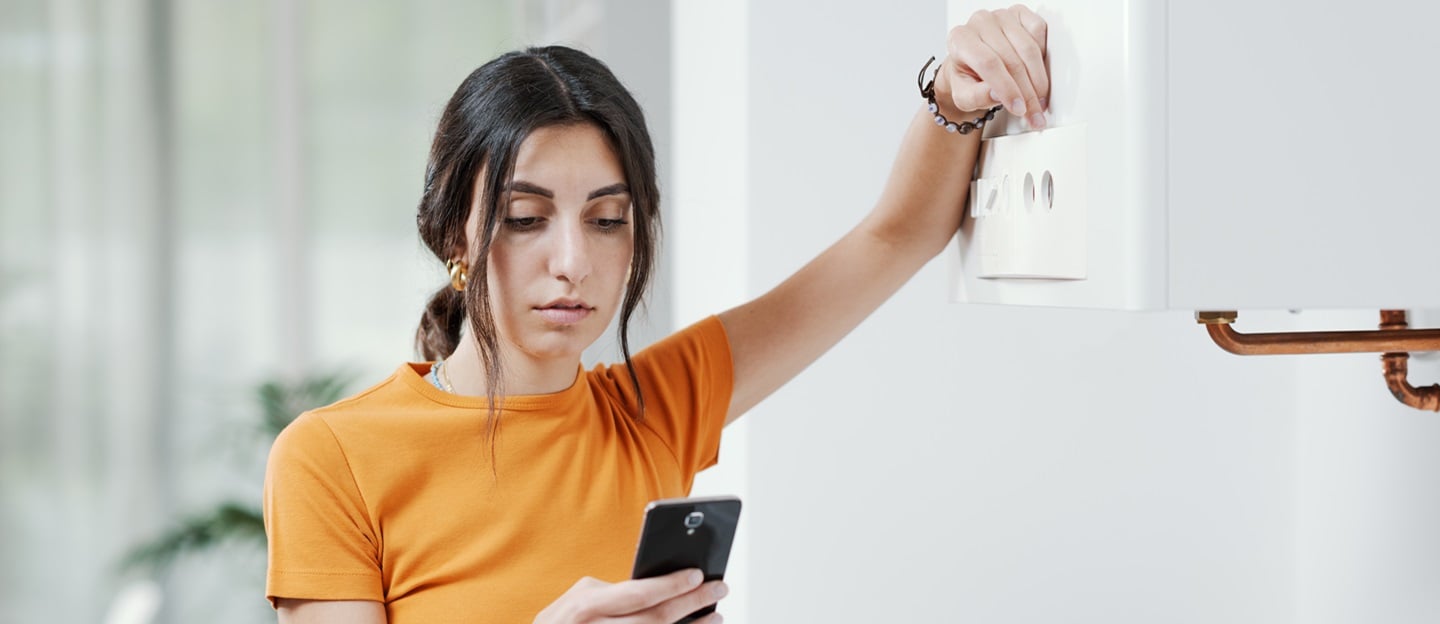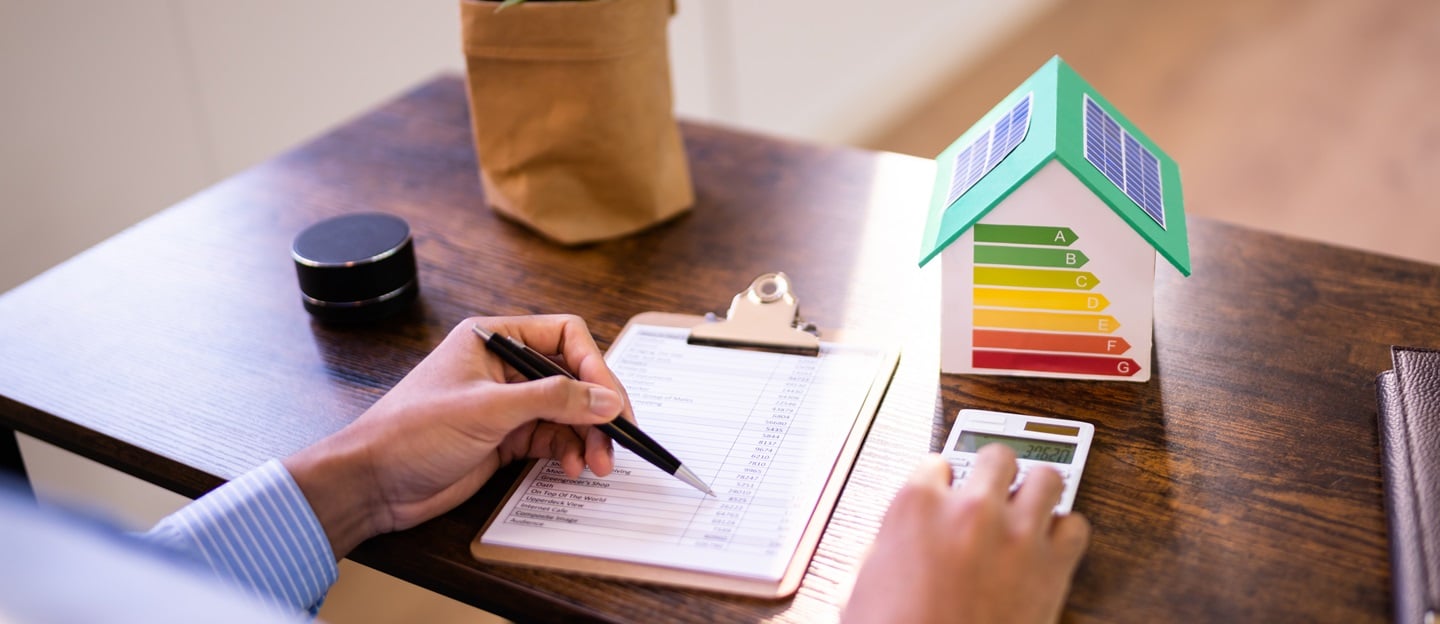How to install the solar panels on the roof
The installation guide for your solar panels on the roof. Find out which procedures are used and the instructions to follow during installation.
How to fix solar thermal panels to your roof
Solar thermal is a proven technology, an ecological system that uses energy from the sun to produce domestic hot water. It’s a solution that allows you to protect the environment by using a renewable energy source to meet your home’s daily hot water needs. The main element is made up of solar collectors, modules that capture solar radiation and heat water, replacing a classic water heater with a 100% green zero-emission system. Here’s how to fix thermal solar panels to your roof, an operation carried out exclusively by plumbers and installers who are experts in this type of work.
Installing solar thermal panels: the preliminary stages
Before the work begins, you must contact a specialist company so that a technician can carry out an inspection and work out how to mount the system on the roof of your home or condominium. This step is key; the specialist will examine a number of important aspects to pinpoint the type of compatible solar collectors and installation methods. It is particularly important to correctly size the panels, taking into account various factors such as average domestic hot water consumption, the number of family members and the size of the property. It is also essential to consider the geographical location and position, to choose the most suitable system depending on the climate of the area and location of the house.
Fixing solar thermal panels
Once the installation of the solar thermal panels has been decided upon, the technicians will begin assembling the support structure, fixing the brackets above the roof tiles. Next, the metal guides are applied, in accordance with the planned project layout and respecting the sizing of the modules. The specialists will then place the panels on the supporting frame, inserting the locking pins and tightening them carefully using special bolts. To ensure maximum safety they use professional calibrated tools to properly screw each nut to the screw so that it is as tight as possible. After assembling the modules, the installers will proceed with connecting up the thermal solar panels, inserting the connection pipes and ducts required by the system. Once the assembly has been completed, all bolts and the orientation are checked before the system is connected to the domestic hot water supply. The tank must also be connected to the collectors. Depending on the type of solar thermal technology, the tank may be fitted on top of the panels or elsewhere, even inside the house. After testing, it may be necessary to schedule periodic maintenance, including cleaning the glass to ensure maximum energy efficiency and prevent breakdowns or malfunctions.
Angle of the solar thermal collectors
A key aspect when fixing solar thermal panels to a roof is the angle of the photovoltaic modules, defined by the technician based on the orientation of the house, geographical area and type of surface. If the roof of the house is flat, you will need to have a frame fitted, a metal structure that allows you to keep the modules tilted by at least 25-35 degrees. This configuration lets you make optimal use of the sun’s rays, ensuring your solar thermal system performs as efficiently as possible. If your roof is already at a sufficient angle, you may be able to mount the panels directly on the tiles. If the tilt is lower or higher, you will need to affix brackets for perfect positioning and to make the most of the solar collectors’ thermal capacity.
Installing solar thermal panels: who to contact
Fixing solar thermal panels is a delicate operation as you must avoid any damage to the roof and ensure the collectors are properly assembled. You must also choose correctly sized modules to obtain a domestic water supply that meets the needs of your family, considering the domestic capacity of the panels. This is why you should always choose high-quality solar thermal kits, with guaranteed collectors that are resistant to bad weather and able to ensure high energy efficiency. Similarly, you must always contact specialist technicians and companies to ensure the work is carried out in workmanlike fashion and to avoid any setbacks, maintain the integrity of the roof and fix the solar collectors perfectly.





